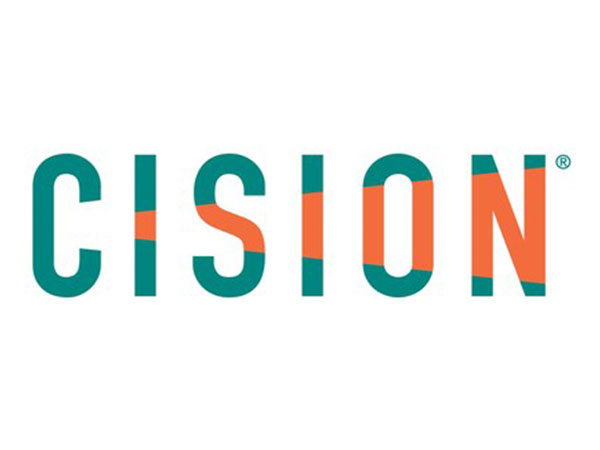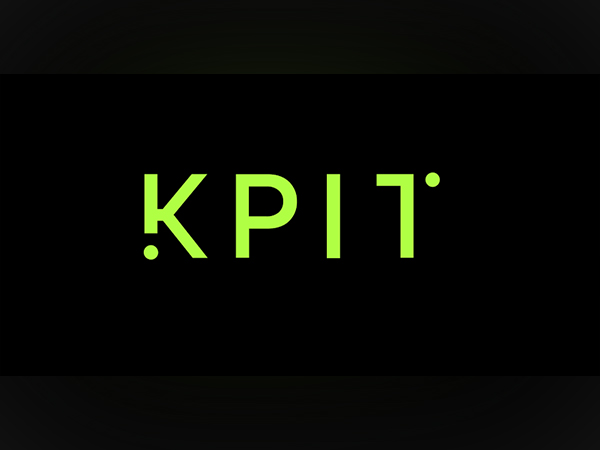Broadcasters Criticised: Cable TV Pricing Sparks Consumers and SCCIT Backlash
Feb 27, 2024
VMPL
New Delhi [India], February 27: The recently released 56th report from the Standing Committee on Communications and Information Technology (SCCIT) sheds light on the challenges faced by the Cable TV industry. This comprehensive report addresses the longstanding concerns articulated by the All India Digital Cable Federation (AIDCF) and cable TV subscribers. It emphasises the need for regulatory reforms to effectively combat and rectify the industry's increasing cost and current decline.
A key point emphasises the frequent increase in price by broadcasters is the primary reason behind the persistent downturn in Cable TV households and subscribers. According to the annual report 2022-23 of the Telecom Regulatory Authority of India (TRAI), the Indian television industry experienced a notable decline, registering a decline of 1.5 per cent. The report also highlights a decline of 3.69 per cent in the subscription revenue, a substantial contributor to the industry's financial health. This reflects a challenging trend for the industry.
Now, the committee has ardently urged the Ministry of Information and Broadcasting (MIB) to accelerate the approval process for the proposed "Broadcasting Services (Regulation) Bill, 2023." The committee mentioned that establishing a comprehensive regulatory framework is important to effectively address the urgent issues faced by the Cable TV industry.
This comes in the wake of broadcasters opting to raise the pricing of their channel bouquets. The sudden spike in channel bouquet prices has heightened consumer apprehension, thrusting them with elevated monthly TV bills. Rahul Sharma, a working IT professional, echoed similar sentiments, "I enjoy watching a variety of channels, but with this price hike, I might have to reconsider my subscription. It's disappointing to see that broadcasters are raising prices that too this frequently."
The cable operators, who act as intermediaries between broadcasters and consumers, are facing their own set of challenges. The increased channel bouquet prices directly impact their operational costs, and these additional expenses will be burdened to the consumers. LCO fraternity has raised their concern on various forums saying that they operate on thin margins, and with the price hike their operational costs are bound to rise and they are left with no choice but to load onto the consumers.
A major point of contention identified by the committee is about the pricing strategies adopted by broadcasters. The prevalent practice of offering substantial discounts on bouquet pricing while maintaining high individual prices for a-la-carte channels has come under scrutiny. According to the committee, broadcasters have taken advantage of this approach, leading to a surge in Pay TV channel prices by up to 600 per cent since the implementation of the New Tariff Order in 2019. Furthermore, in some instances following the rollout of NTO 3.0, there has been an additional increase of up to 200 per cent. This is primarily done through the forced bundling of all their channels, placing an increasing burden on Pay TV subscribers.
Recognising the pivotal role that Distribution Platform Operators (DPOs) play, with a specific emphasis on those operating through Local Cable Operators (LCOs), the committee advocates for a significant step forward. The suggestion is to grant DPOs the power to selectively choose individual channels from the offerings included in broadcasters' bouquets.
By granting DPOs the autonomy to curate packages based on consumer preferences, this recommendation seeks to inject a more tailored and personalised dimension into the Cable TV industry. The idea is to empower DPOs to craft packages that align more closely with the diverse viewing habits and preferences of consumers, fostering a more dynamic and consumer-centric marketplace without impacting consumers' wallets.
In a bid to safeguard consumer interests and promote freedom of choice, the committee also recommends that DPOs should only be permitted to choose channels based on consumer preferences. This would involve remitting to broadcasters the proportional price of the selected channels, fostering a more personalised viewing experience for consumers and their pockets.
The recommendations put forth by the SCCIT underscore the pressing need for regulatory reforms in the Cable TV industry, to curb the malpractices of arbitrary increase in channel and bouquet prices. The proposed measures aim to address challenges related to declining subscribers, pricing practices, and consumer choice, signalling a potential turning point for the industry. The ball is now in the court of policymakers and industry stakeholders to act swiftly and implement these crucial reforms.
(ADVERTORIAL DISCLAIMER: The above press release has been provided by VMPL. ANI will not be responsible in any way for the content of the same)








